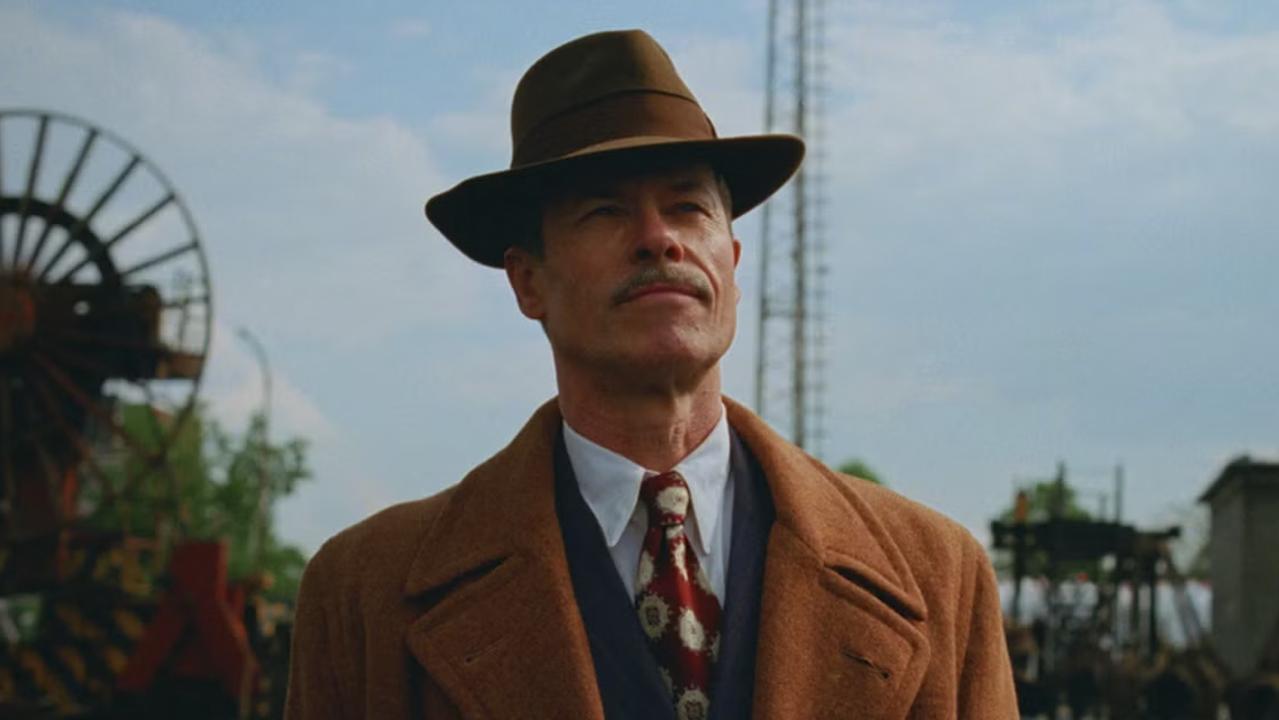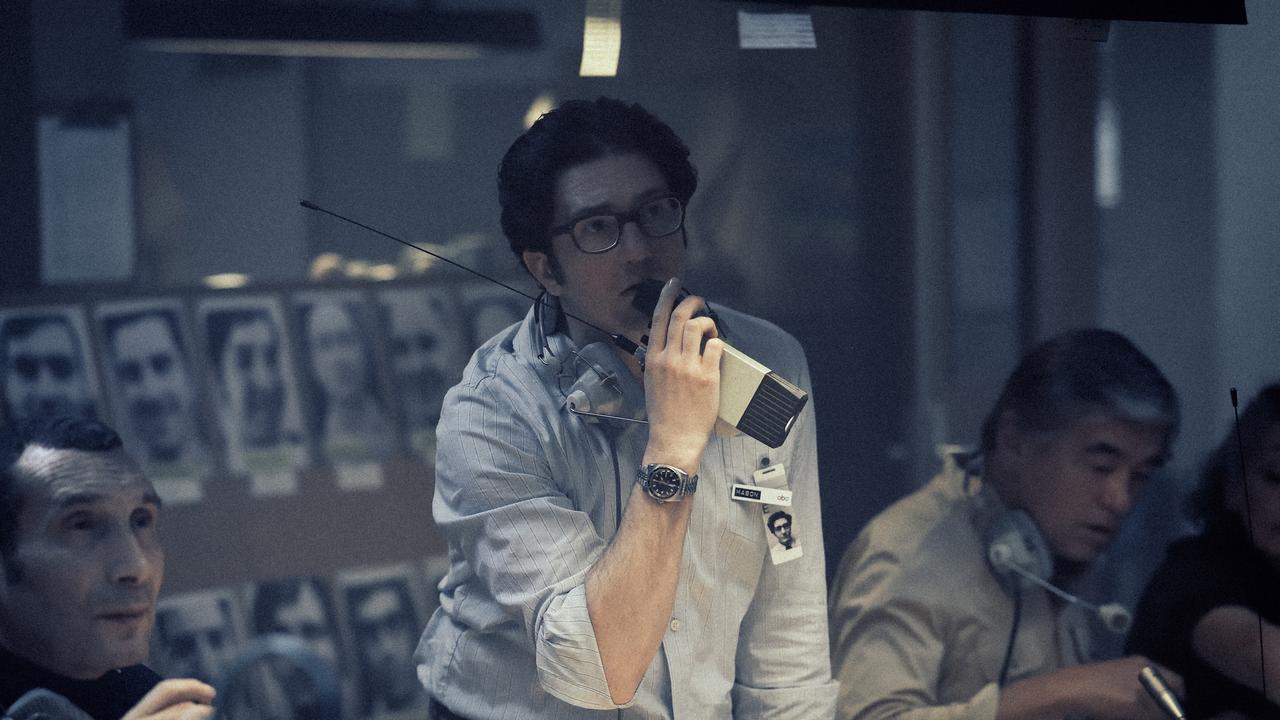Awkward teens shine on screen in Me and Earl and the Dying Girl
Director Alfonso Gomez-Rejon’s fears for his new film have been belied by festival awards.

Director Alfonso Gomez-Rejon still shrinks a little before every screening of his new film, Me and Earl and the Dying Girl.
He’s always expecting the worst, he says. “Before every screening I think something terrible will happen: the projector’s going to break down or the audience will hiss.
“I see all the mistakes (too), so it’s still painful for me to watch,” he adds with a sigh. “I can’t sit and watch it any more because I just assume someone’s going to come up and hit me.”
He should relax. He was flu-stricken and about to barf while introducing the moving comedy-drama at its world premiere at the Sundance Film Festival earlier this year. Then the film won the festival’s grand jury prize and audience award, and subsequently received the audience prize at the Sydney Film Festival.
Not only has the film worked, it is among the best films of the year and likely to resonate beyond the teen audience courted by the Jesse Andrews novel on which it is based. Perhaps the story of an awkward high-school senior (Greg, played by Thomas Mann) who avoids friendships as a means of navigating the tremors of teenage life works so well because the 42-year-old director — “but I look amazing!” — is so like Greg?
“I think so,” Gomez-Rejon says. “That’s what attracted me; there’s a lot of me in it, I really do see a lot of myself from beginning to end, and yeah, it’s painful.”
He was unaware of Andrews’s hit young adult novel about Greg’s relationships with his best friend Earl (RJ Cyler), with whom he makes short-film parodies of classic movies, and the “dying girl”, cancer patient Rachel (Olivia Cooke).
But in Andrews’s screenplay Gomez-Rejon saw himself in Greg, particularly “who he was in high school, his love for film, being a young artist where you’re not ready to show that part of yourself to the rest of the world so you keep that private, like he does, making a film for somebody else and facing the possibility of death and someone close to you living a compressed life — I related to all those things for personal reasons”.
The film is small, very funny and also deeply touching. The three lead performances, sharp dialogue and Gomez-Rejon’s smart tone keep it nicely balanced when it might have teetered under the weight of its occasional teen movie tropes and the short film parodies made by Greg and Earl’s characters (including My Dinner with Andre the Giant, Eyes Wide Butt, Raging Bullshit and Rosemary Baby Carrots).
The teenage characters feel real and awkward without being too constructed.
“It’s really a tribute to Jesse’s talent as a writer because he writes in a way that is unique, that only exists in our kind of universe but it is completely relatable to young and old,” Gomez-Rejon says.
And the three actors could see something of themselves in their characters. “So there’s something to the way it was written and the overall feeling to the film that is somehow universal,” Gomez-Rejon says. “The thing about the dialogue was it didn’t distance me from the character or make me feel old and reminded me what it was like, who I was back then.”
The assured result has elevated him from a sturdy career directing television — including Glee and American Horror Story — and beyond his first feature, the horror reboot The Town that Dreaded Sundown, to comparisons with seminal 1980s director John Hughes, and to his next film — Collateral Beauty, starring Will Smith, which is out next month.
I wonder whether it is presumptuous to assume he is a fan of the director of Sixteen Candles and Ferris Bueller’s Day Off.
“You’re not being presumptuous at all,” Gomez-Rejon says with a laugh. He adds that he has a clear memory of watching The Breakfast Club for the first time when he was about 12.
“It’s the first time I remember people speaking the way I was speaking, because I was a tiny, fat, shy Mexican kid from the border, but when I saw Anthony Michael Hall speak, for the first time I saw myself in a film,” he says.
Me and Earl and the Dying Girl recalls that sought-after vibe of Hughes’s and Steven Spielberg’s Amblin films of the era: accessible, light but meaningful films that spoke to kids as well as adults.
“Also they’re very honest, they never talked down to teenagers and the characters never spoke in a cynical or ironic way, which seems to be a trend now,” Gomez-Rejon says.
“They were clumsy and human and not perfect, and even the parents in this film, (played by) Nick Offerman, Connie Britton and Molly Shannon, are not perfect parents. They’re making mistakes, and I just like humanity.
“Within our hyper-reality they are human beings and I care about them deeply.”
In many ways, the film shows Gomez-Rejon to be not only an accomplished director but a student and lover of film. He says another early film with which he deeply connected was Mean Streets . Its director Martin Scorsese’s embrace of Me and Earl must therefore be gratifying.
Another triumph for Gomez-Rejon was co-opting Brian Eno for the soundtrack. The director decided to play Eno’s The Big Ship on the final day of production for a pivotal scene, “and it had a power to it that everyone recognised”.
He asked his editor to lay the album Another Green World through the working edit of the film, and “within a couple of months we had the whole thing scored by him”.
He wasn’t worried about Eno saying no, although it took weeks before his agent saw the film. But he loved it and suggested the director send a note to the composer. “So I wrote him a love letter (via email) and I woke up to one from him,” Gomez-Rejon says. By the film’s premiere, Eno had written original music for the score.
The odd coupling concluded a magical experience for Gomez-Rejon, right down to the casting of Cyler as Earl only two weeks before production was about to be shut down.
Despite his acclaimed career as a TV director, Gomez-Rejon had been itching to make another film.
“Yes,” he says quickly. “It’s always been film (before TV), since I was a kid.”
TV drama, however, has grown stronger, hasn’t it?
It has evolved almost from the moment he started directing the first season of Glee, he says, after The Sopranos and The Wire.
“I was such a film snob working in production when I was first approached about working on Glee,” he says. “I initially said no because that was not where I wanted my career to take me. But I realised that was the best thing for my career and I was lucky to be part of that Ryan Murphy television world where they do embrace directors and style, and you could leave your mark on episodes.”
Gomez-Rejon began to be recognised for his work in TV, but film exerted an inexorable pull.
“There’s something about exhibiting a film, having that communal experience, leaving something behind that is hopefully part of yourself over time, that I believe doesn’t quite compare to that,” he says. “So I’m very fortunate to have been given this opportunity.” And he is talented enough to have grasped it.
Me and Earl and the Dying Girl is in cinemas now.


